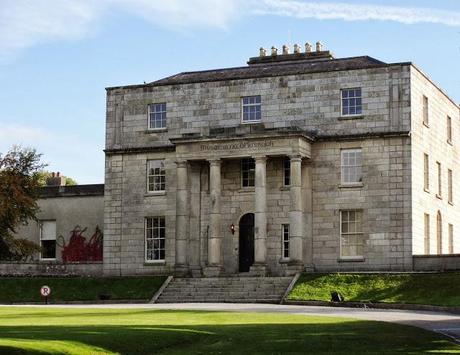
The Pearse Museum in Rathfarnham
The Pearse Museum is located in Rathfarnham at the foot of the Dublin Mountains. I recently visited the museum, after a death defying trip on the number 16 bus, it was nice to be in the quiet surrounds of the beautiful St Enda's Park. Formerly Scoil Eanna or St Enda's School the museum is located in a beautiful eighteenth century building. It focuses more on the impact Pearse had on saving the Irish language from extinction than on his involvement in the rising of 1916. In the museum can you visit the study where the rising was conceived and planned, and also the galleries, the chapel and the dormitory used by the students.
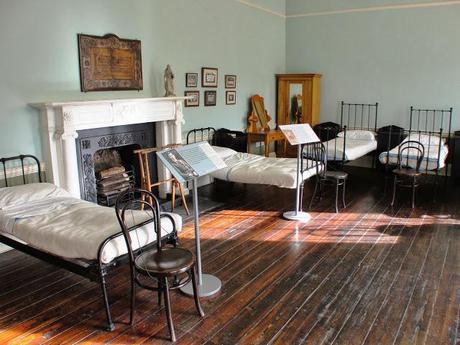
The dormitory.
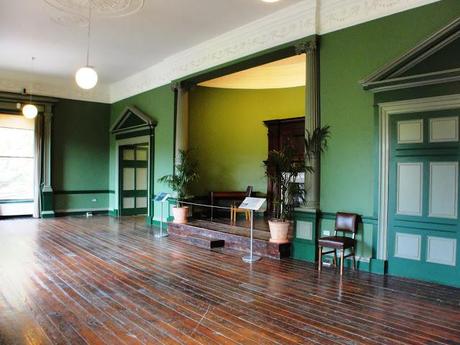
The great hall.
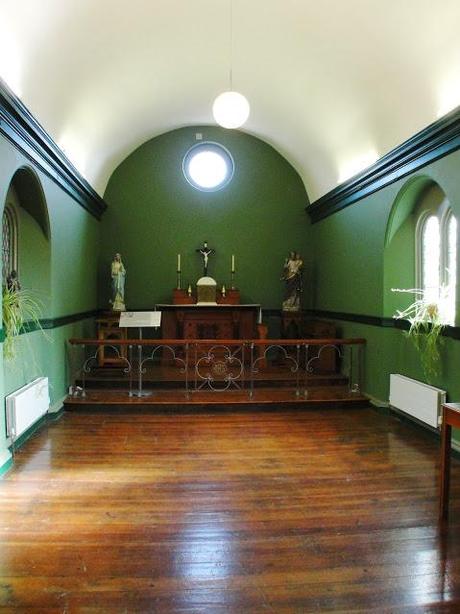
The chapel
The man behind the school is a bit of an enigma. On one hand Pearse is described as being fanatical and psychologically unsound while on the other he's thought to have been a fantastic academic. While he was originally a Home Ruler he also masterminded the rising. His love of the Irish language was passed down to him by his mother, a native born Irish speaker from County Meath, though his father was a Liverpudlian stonemason. Pearse was at the forefront of the Gaelic Revival editing the Gaelic League's newsletter An Claidheamh Solius. Many have pondered what turned this educationalist into such a militant patriot.
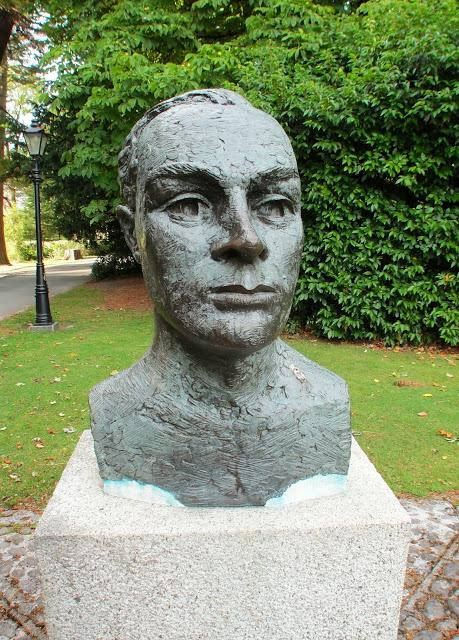
Padraig Pearse
It's often been suggested that he came to a realization while running St Enda's that the Irish language could not be separated from Irish identity. He wanted to create a school that would teach Irish boys to be Irish men rather than English men. While in Belgium Pearse had noted how the school system there was bilingual. He wanted the same for Ireland and St Enda's was to be the prototype. It turned out that all of the subjects were taught in Irish with the exception of the sciences. The school originally began in the Pearse family home, Cullenswood, in Ranelagh but Pearse had great ideas and felt they needed a grand home. Unfortunately he didn't have the funds to match his aspirations and the school was always besieged by financial problems, on one occasion Pearse was forced to travel to America to raise funds to keep the school open. It is without doubt that the heavy nationalist tone in the school encouraged many of the students to take up arms in 1916. In fact Eoin Mac Neill removed his two children from the school due to what he seen as Pearse's extreme nationalist politics.
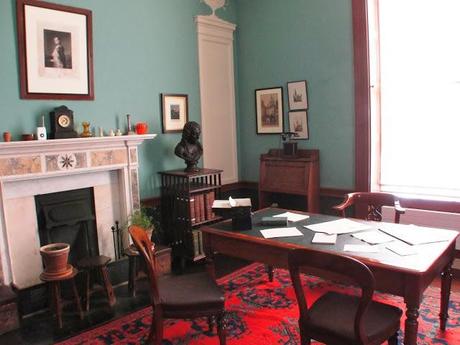
Pearse's study where the planning for the rising took place.
Planning for the 1916 Rising took place in St Enda's. Reports differ, some suggest as few as fifteen and some as many as thirty students and former students of the school took part in the rising. Two of the most famous former students involved were Desmond Ryan and Joseph Sweeney both of which were involved in fighting around the GPO. As well as Pearse five teachers from the school took part in the rising including Thomas McDonagh, Con Colbert, Eamon Ceannt and Pearse's brother William. After 1916 many parents removed their children from the school which plunged it into financial despair. After Pearse's execution his mother and sister attempted to keep the school open but it finally closed its doors in 1935. The building in Rathfarnham was handed over to the Irish State in 1968 following the death of Pearse's sister.
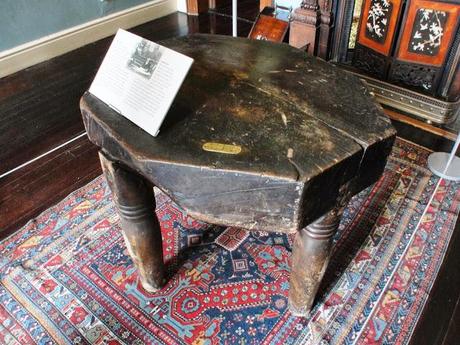
One of the artifacts in the museum. This is reputed to be the block on which Robert Emmet was beheaded. Pearse had an odd fascination with Emmet. His connection with the house was one of the reasons Pearse decided to located the school there.
Walking around the rooms in St Enda's I'm struck with the feeling that Pearse didn't really live in the same world as the ordinary Dubliners of the time. He was fanciful and romantic. I am not surprised that the rising was met with disdain and disgust by most of the city's residents. Many of whom were just striving to survive. What I feel is Pearse's greatest achievement is that with his execution he flicked on the switch of Irish nationality. Following his actions in 1916 I think Irish people began to sit up and really consider what it was to be Irish. Today St Enda's is a wonderful monument to Pearse's dream and the Gaelscoil system a wonderful testament to it.

The beautiful gardens at the Museum.

